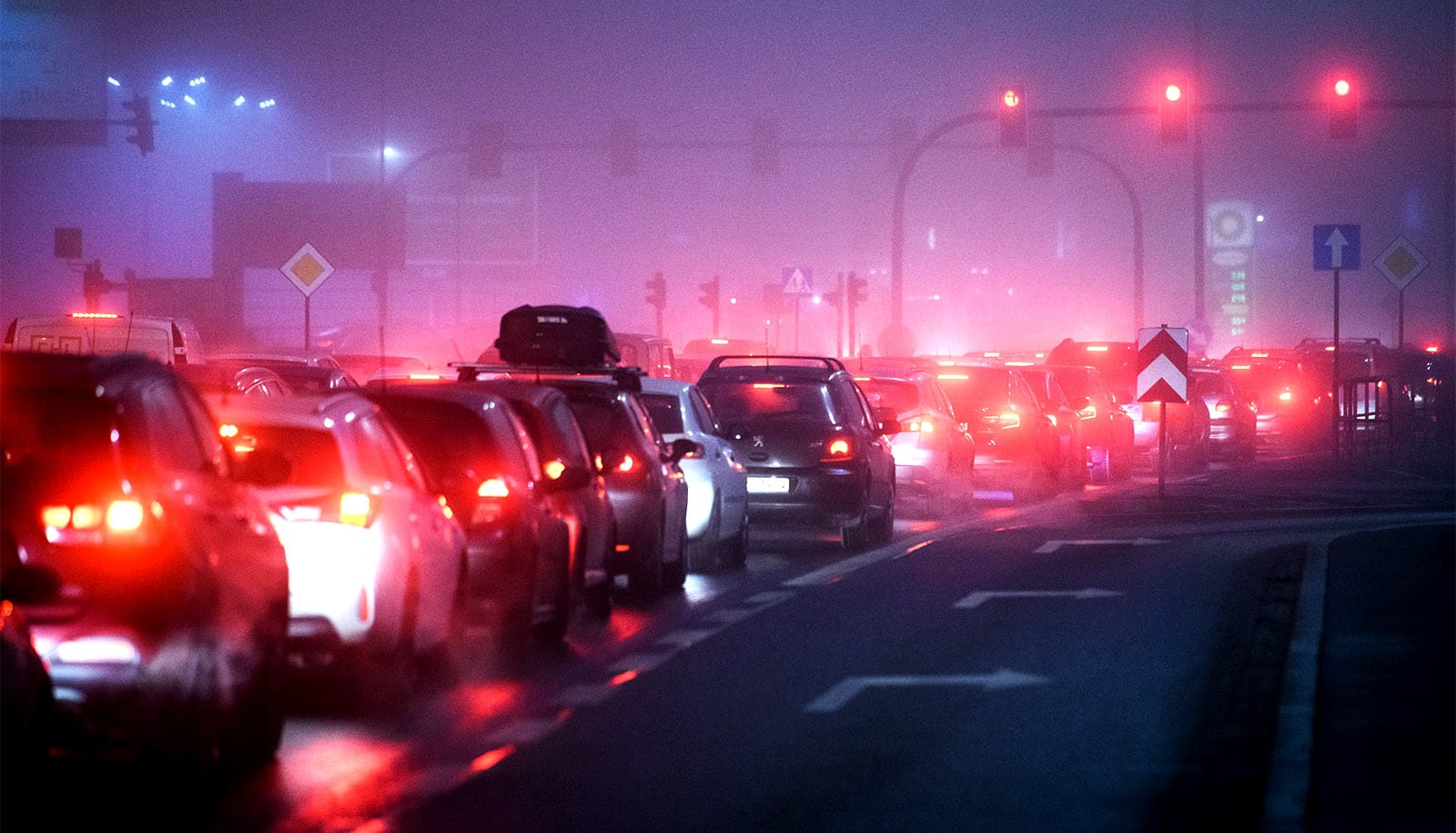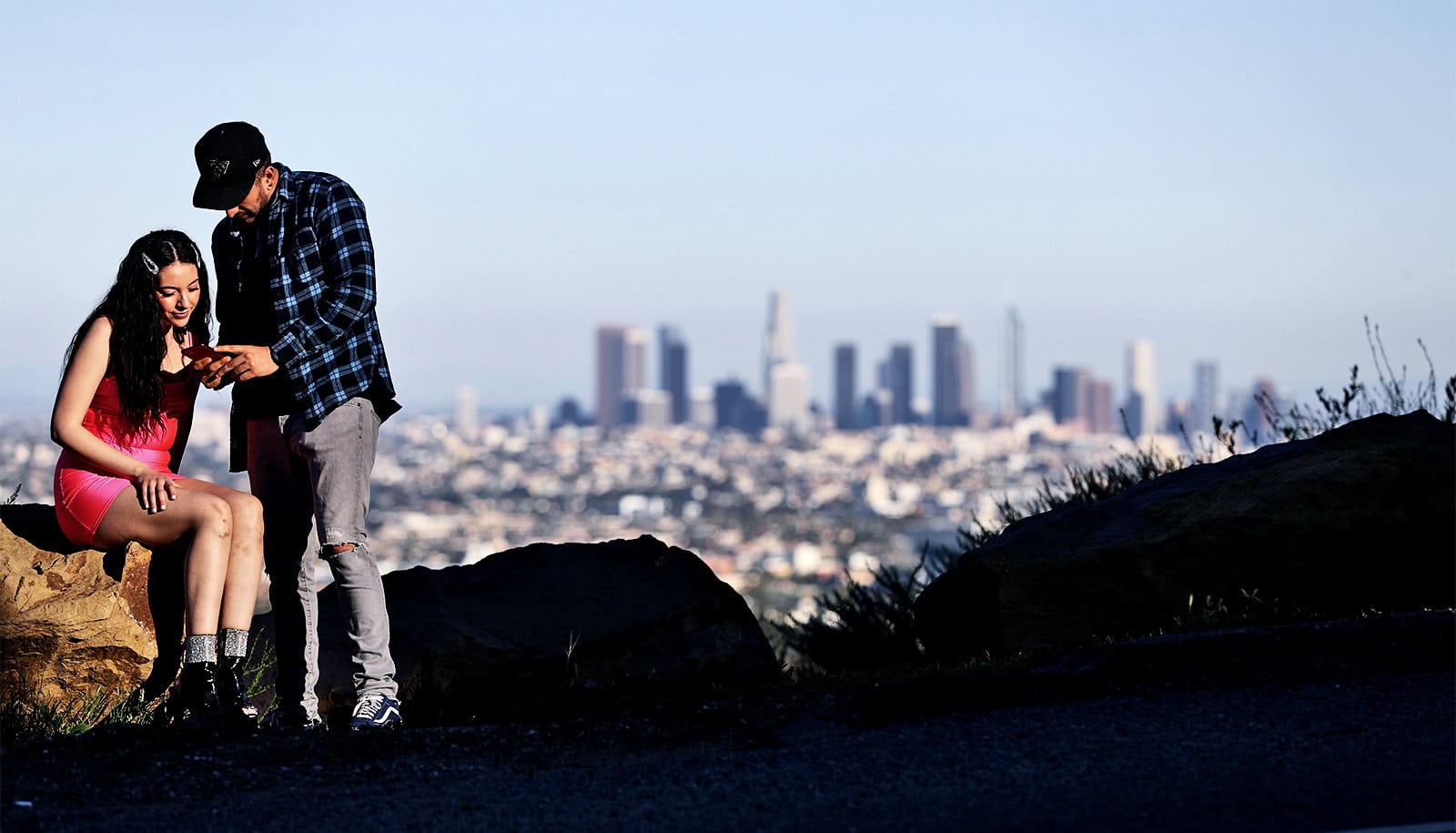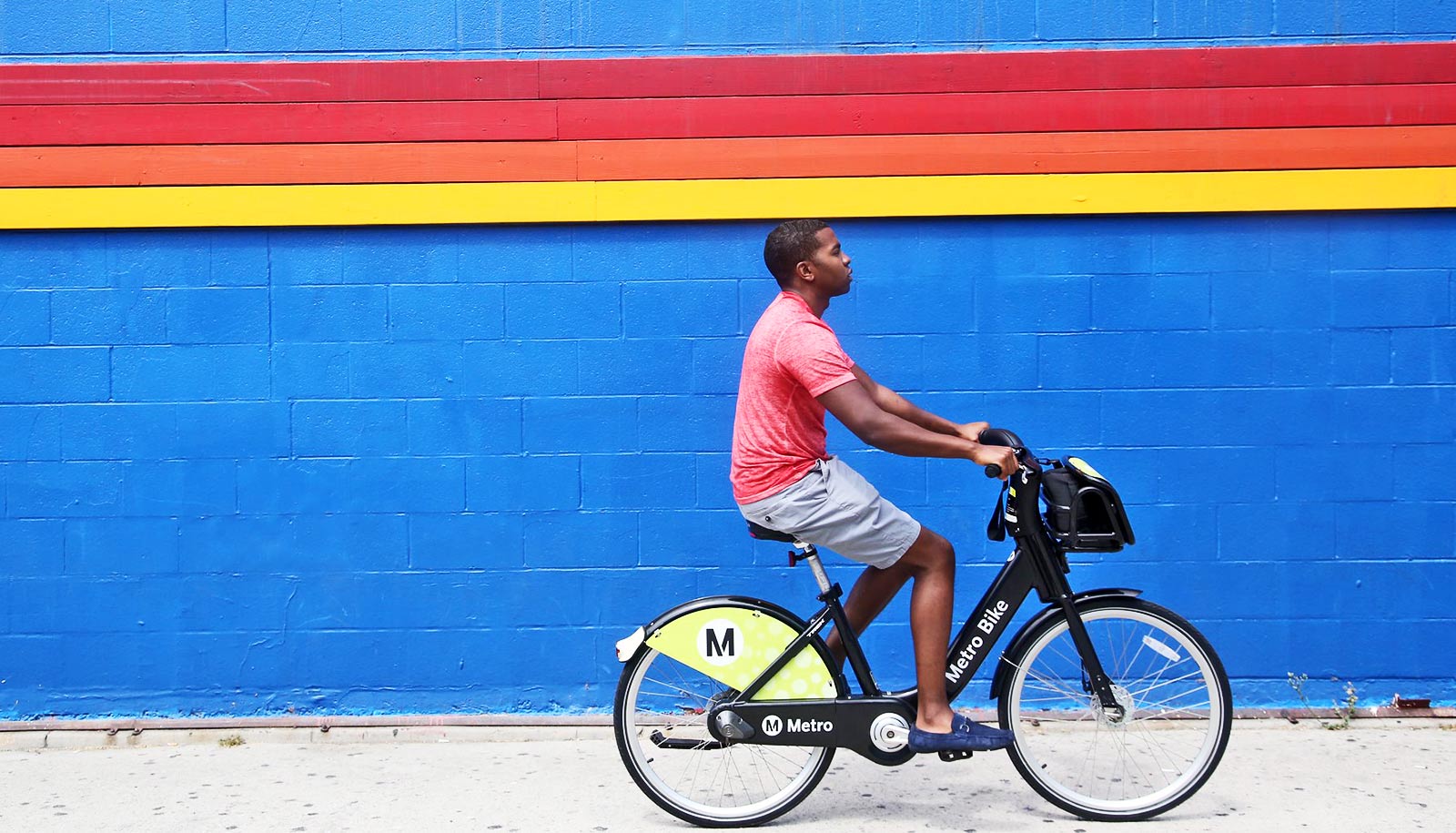Researchers predict a sweeping switch to single-occupancy vehicle commuting and resulting risk of extreme traffic in large metro areas as a result of the COVID-19 pandemic.
Their paper, which is available as a pre-print on arXiv, looks at transportation modes during and after the pandemic using mathematical analysis and basic laws of traffic to explore scenarios of increased car commuting.
“We put together the models in about ten days,” says Dan Work, associate professor of civil and environmental engineering who led the project with colleagues at the Work Research Group at Vanderbilt University. “Our team worked around the clock to wrangle the data, build the tools, and analyze the results. After connecting on one of our daily research calls and discovering the potential issue, we knew we had to switch gears and figure out which cities are most at risk.”
For the project, the lab used publicly available travel data from the American Community Survey and the United States Census Bureau to plot the number of cars on the road and the average travel time experienced by commuters. They then used that information to estimate road capacity for each city and the “empty-road travel time” for each city, or the average travel time commuters would experience on virtually empty roads.
By comparing the average travel time and capacity for each city, the researchers plotted four scenarios for the COVID-19 rebound: 25% of transit riders drive instead, then 50%, 75%, and finally a scenario where all transit riders take cars instead of public transportation.
“Thanks to the models for each city we see that generally speaking, the increases in car traffic are more severe for larger metro areas,” says Work. “However, keeping transit systems open is critical for staving off the highest traffic risks, and a rebound of up to an additional 10 minutes in each direction is still highly possible in high-transit cities.”
The lab published a tool that allows readers to calculate the risk of extreme traffic in their own cities by adjusting sliders for various parameters including the percentage of remote workers, jobs lost during the pandemic, and riders shifting to car transportation.
Moving forward, the lab plans on updating the project and tool with new information as cities begin reopening.
“Each city has unique circumstances for an increase in traffic,” says Work. “But it is still likely that a significant switch in the mode of transport could add up to hundreds of thousands of hours of additional travel time each day.”
Source: Vanderbilt University



